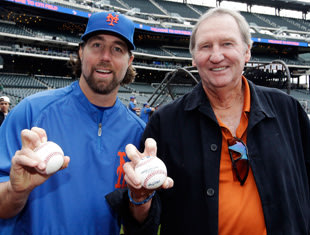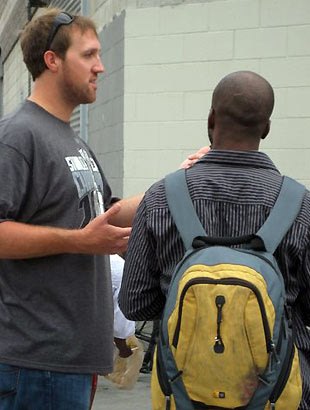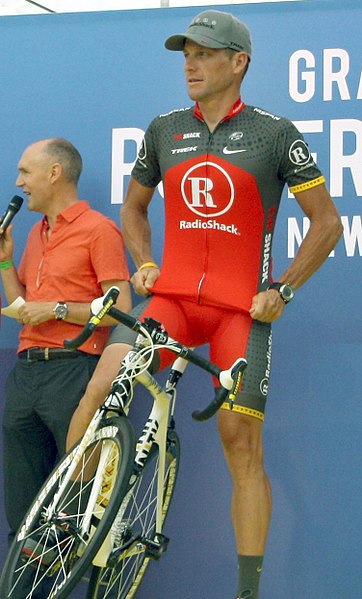If you're a baseball fan, you're probably familiar with Fox Sports broadcaster and commentator Ken Rosenthal.
But,
you may not be familiar with the story behind his bow ties. (There's
often a story behind a man who regularly wears bow ties, I think, but
that's a matter for other blogging.)
It actually starts with a player, though -- Dhani Jones, shown here being interviewed by Ken, at right.
The
11-year NFL veteran (I think of Alan Page when I see him in the bow
tie) saw Rosenthal wearing one on TV during last year's World Series and
said he had to talk to him, specifically about Jones' Bow Tie Project.
Rosenthal, wearing his World Series bow tie under Fox orders, decided to
listen,
The story about how this developed is
here.
The idea goes back to Jones' college days, and took off from there.
Here's the basics:
In 1999, Dhani Jones’ senior year at Michigan, his best friend, Kunta Littlejohn, was diagnosed with lymphoma.
The next year, the New York Giants selected Jones in the sixth round of
the NFL draft. Jones, who is from Potomac, Md., had never lived in New
York. Littlejohn felt compelled to offer him some advice.
“If you want to be anybody, you’re got to rock a bow tie,” Littlejohn said.
Jones responded as 99 percent of the male population would.
“Man, you’re crazy,” he said. “I’m not wearing a bow tie.”
At the time, Littlejohn was in remission but facing a challenging time
in his recovery. Jones said he began wearing a bow tie in “quiet
support” of his friend.
Today Littlejohn is in full remission, and Jones is the father of a cause.
And, that cause is now Rosenthal's as well, wearing a different bow tie every week.
Want to know more?
Here's information
on the one he wore on air Saturday, June 23, in the Mets-Yankees game,
pictured at right. Ken's making a statement, not just a fashion
statement, with these ties. (That said, many of them are snazzy, yet
understated.) A lot of these charities are small, and specialized in
their focus. They would attract little attention without Ken's
willingness to partner with Dhani on this.
Ken says
more ties are in development. Don't know if he'll take suggestions as to
what charities to support (or bow tie design) but, it's worth a shot.
Here's
his Twitter account. ( @Ken_Rosenthal )





